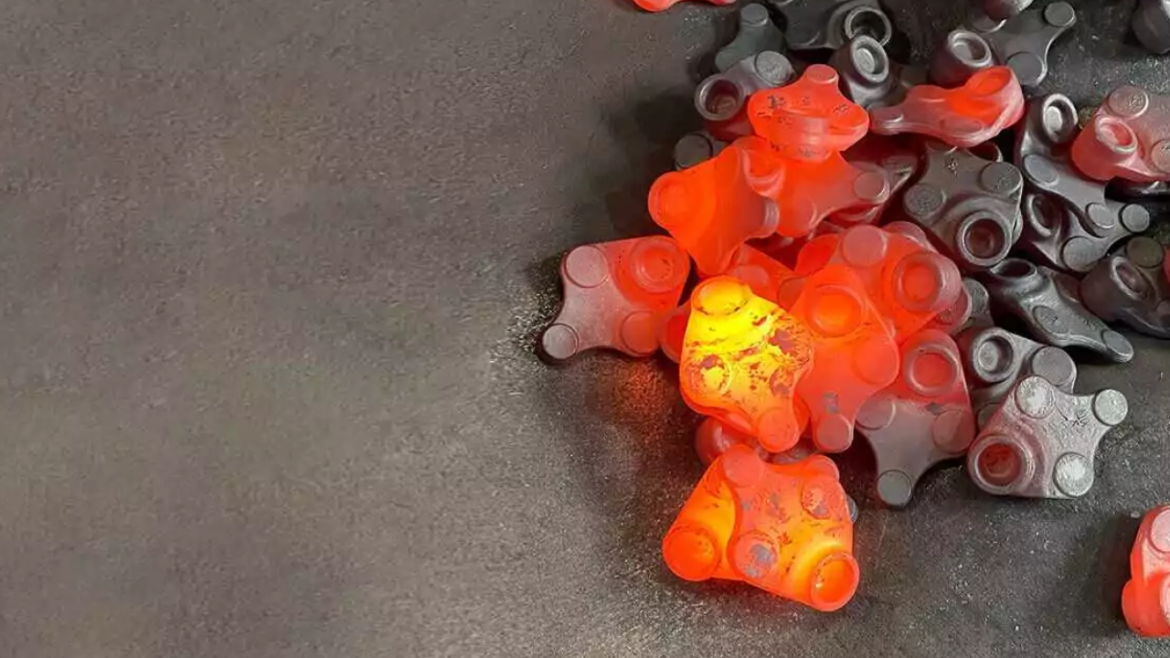Forging is a traditional metalworking technique that involves shaping metal materials with compressive forces. It is a critical manufacturing process utilized to generate a wide range of additives and products in a variety of industries. The cxinforging method improves the mechanical properties of metals by refining their grain shape and aligning.
A metal work piece, known as a “billet” or “blank,” is heated to an appropriate temperature in forging to make it more pliable and easier to deform. This hot work piece is subsequently compressed using a variety of equipment like tools, pushes, or dies, which are specialized molds with the necessary shape.
Is it possible to forge at room temperature?
Yes, cold forging is a method that shapes metal at or near room temperature. Cold forging yields components with excellent precision and surface quality while keeping or increasing the mechanical qualities of the material. Forging can be done at room temperature, which is referred to as “cold forging.” Cold forging is the process of forming metal materials without the use of excessive heat.
Different Types of CxinForging Processes
Your query appears to include a mistake (“CxinForging” instead of “Forging”). But supposing you’re interested in learning more about the numerous sorts of forging procedures, I’ll present a thorough description of several forging methods:
Open-Die Forging (Smith Forging or Hand Forging)
The metallic work piece is put between flat or curved dies and molded by repeated hammering or pressing in open-die forging. The work piece is not completely enclosed, allowing the metal to flow and take the shape of the dies. This approach is appropriate for large and simple objects such as bars, shafts, and jewelry.
Closed-Die Forging (impact-Die Forging)
Closed-die forging involves putting the metal between two formed dies that comprise a hollow space matching the desired form of the final product. The dies are delivered collectively, making use of compressive forces to the metal and shaping it into the die cavities. This manner is used for developing complex and particularly precise additives.
Disenchanted Forging
Dissatisfied forging is used to increase the diameter of a metallic work piece by decreasing its period. The work piece is heated and located among dies. One die stays stationary, at the same time as the opposite is driven towards the work piece, inflicting it to deform and make it bigger in diameter. This technique is normally used for generating items like bolts and rivets.
Swaging
Swaging entails reducing the diameter of a metal work piece by the use of a tapered die. The die is pressed onto the work piece, causing the metal to go with the flow radially outward and take the form of the die. Swaging is used to create gadgets together with bullets, pipes, and tubes. Swaging is a metalworking operation that involves employing a tapered die to reduce the diameter of a metal work piece while increasing its length.
Roll Forging (Rolling)
Roll forging makes use of two cylindrical rolls with shaped profiles. The work piece is passed through the rolls, and the rolling motion molds the metal into the desired shape regular basis. This method is widely used to create long, continuous objects such as rails and I-beams. This method is frequently used to create long and continuous objects such as bars, sheets, and various structural components.
Press Forging
Mechanical or hydraulic presses use high compressive forces to distort the steel between dies in press forging. Although slower than hammer forging, this process provides greater precision and control over the deformation. Press forging is suitable for complex forms and high-precision components.
Isothermal Forging
Isothermal forging entails heating the steel to near-recrystallization temperatures. This temperature reduces pressure hardening, lowers the pressure required for deformation, and improves the mechanical properties of the material. It’s far primarily beneficial for difficult-to-forge substances.
Bloodless Forging
Bloodless forging is done at or near room temperature, without excessive heat. The technique increases the mechanical properties of the cloth while also achieving excellent dimensional precision and surface quality. Bloodless forging is commonly used to manufacture fasteners and other precision components.
Conclusion
Forging is an essential and adaptable metalwork process with a long history that plays an important part in modern production. Forging turns raw materials into components with improved mechanical characteristics, strength, and durability by applying compressive forces to metal work pieces. The application of heat strategically during forging improves the material’s workability, refines the grain order, and decreases the likelihood of flaws.
